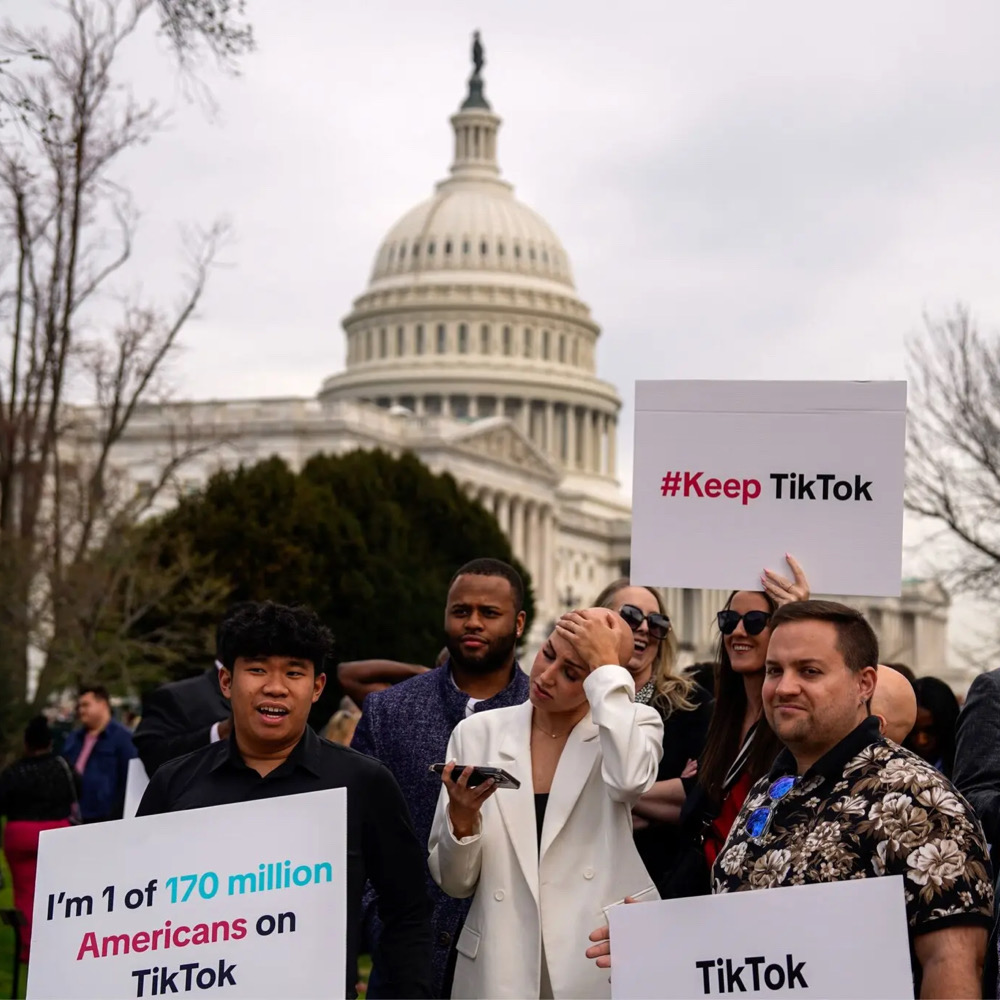Yesterday, President Joe Biden signed the Inflation Reduction Act into law, meaning that for the first time ever, the US has enacted climate legislation. It’s embarrassing that it took so long, and it’s still a hell of a good thing. In fact, it was such a good thing that Joe Biden and Barack Obama joked about it on the Twitters, switching up each other’s lines from memes past:
Did that make you smile in your heart? Well here’s even better: The more we look at the climate provisions in this bill, and what actual climate and energy and economic experts are saying, the more impressed we are. We’ve already told you about what’s in this bill for consumers, like the EV credits and the tax credits for installing home solar, heat pumps, and energy-efficient appliances. Now let’s look at what the bill is likely to accomplish for US America and such as, and for this lovely blue ball we’re on. You might even dare to let yourself feel … remember “hope”?
Climate: It’s Big!
Several climate modelers have analyzed the likely impact of the bill. and they tend to support Senate Democrats’ estimate that the bill will reduce US greenhouse gas emissions by 40 percent compared to 2005 levels by 2030. See for instance this analysis by Energy Innovation, which found that the bill would reduce emissions by between 37 percent and 41 percent, far more than the 24 percent reduction we’d have if only existing federal and state laws remain in effect (the “business as usual” outcome).
That Energy Innovation model also looked at the likely impact of the oil and gas leasing provisions that went into the bill in order to win the support of Joe Manchin. Nobody except Manchin and some fossil fuel advocates likes them, but here’s a useful finding you can mention when someone says they ruined the bill: Yes, there will be increased greenhouse gas emissions as a result, but the model estimates that
for every one ton of emissions caused by oil and gas leasing provisions, at least 24 tons of emissions are avoided by other IRA provisions. Thus, despite increased oil and gas extraction, the IRA overwhelmingly reduces emissions.
That’s not even close: a 24-fold reduction in emissions compared to the amount that is added by the oil and gas provisions.
Also too, as David Roberts notes in that Volts podcast I keep telling you to listen to, there’s a perfectly good reason the climate provisions in this bill are so good. They’re taken more or less directly from Jay Inslee’s “gold standard” climate plan from the 2020 campaign, which itself reflected the work of a whole bunch of climate policy wonks. The dollar amounts are smaller, but the effects are going to be significant.
What’s more, Roberts points out, the “green bank” and other research and development provisions in the bill will provide billions of dollars in seed money for new clean energy enterprises, which are likely to lead to even more reductions in emissions over the next decade — but because those companies and technologies don’t exist yet, they can’t be included in any models. That means the total US emissions reductions resulting from the bill are likely to be more than the 40 percent already estimated. Roberts believes this law has the potential to remake large parts of the US economy.
The Environmental Defense Fund called the bill the “biggest thing Congress has ever done to address climate change,” singling out for particular attention the new requirements to reduce methane emissions, which the EDF notes will be “the fastest way to slow the rate of global warming today,” because methane is far more potent at trapping heat in the atmosphere than carbon dioxide. (CO2 is “worse” because we emit far more of it, and it stays around in the atmosphere for centuries, while methane degrades in a few decades).
Jobs: Also Big!
The BlueGreen Alliance, the nonprofit labor and environmental advocacy group, commissioned an analysis of the law’s employment impact, by the Political Economy Research Institute at the University of Massachusetts Amherst. The study found that the law will create more than nine million jobs over 10 years, nearly a million new jobs a year.
That includes more than 6 million jobs created over the next 10 years by grants, loans, and tax credits and nearly 3 million jobs stimulated by new loan guarantee authority for the U.S. Department of Energy. The bill’s broad investments will also help sustain the millions of existing jobs in the clean economy.
That would include five million jobs in clean energy, 900,000 jobs in clean manufacturing, 400,000 jobs in clean transportation, 900,000 jobs in making buildings more energy efficient, 150,000 jobs in environmental justice, and (big breath) 600,000 jobs in restoring and protecting natural infrastructure. And that’s without the creation of a Civilian Climate Corps, which remains on Democrats’ wish list.
In conclusion: Big. Fucking. Deal.
Thanks a lot, Biden.
Now it’s that rare thing, a HAPPY NICE TIME OPEN THREAD!
[NYT / Energy Innovation / Volts podcast / BlueGreen Alliance]
Yr Wonkette is funded entirely by reader donations. If you can, a $5 or $10 monthly donation will help us all be less gassy!

























































![Social Media Spring Cleaning [Infographic] Social Media Spring Cleaning [Infographic]](https://imgproxy.divecdn.com/9e7sW3TubFHM00yvXe5zvvbhAVriJiGqS8xmVFLPC6s/g:ce/rs:fit:770:435/Z3M6Ly9kaXZlc2l0ZS1zdG9yYWdlL2RpdmVpbWFnZS9zb2NpYWxfc3ByaW5nX2NsZWFuaW5nMi5wbmc=.webp)
![5 Ways to Improve Your LinkedIn Marketing Efforts in 2025 [Infographic] 5 Ways to Improve Your LinkedIn Marketing Efforts in 2025 [Infographic]](https://imgproxy.divecdn.com/Hv-m77iIkXSAtB3IEwA3XAuouMwkZApIeDGDnLy5Yhs/g:ce/rs:fit:770:435/Z3M6Ly9kaXZlc2l0ZS1zdG9yYWdlL2RpdmVpbWFnZS9saW5rZWRpbl9zdHJhdGVneV9pbmZvMi5wbmc=.webp)















